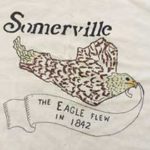
Eagle Feathers #149 –The Paper Trail
By Bob (Monty) Doherty
Somerville natives have always had words to say and listened to those who said them. Her roots go deeper than Boston’s. On the eve of April 19, 1775, Somerville was the first to hear Paul Revere’s warning as he rode up Winter Hill that the British regulars were on the move. The following January, General Washington raised the first American flag on Prospect Hill which was designed and delivered by Benjamin Franklin.
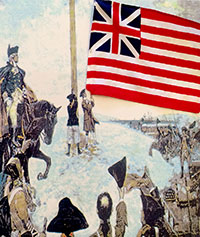
All three of these heroes were connected to printing. Revere owned a printing press in which he ran off early anti-English crown engravings. Franklin began his career as a printer’s apprentice and later published his famous annual Poor Richard’s Almanac. He proposed that his epitaph begin with “The body of B. Franklin, printer.” Washington’s face is on our currency and stamps and has become the most printed image in America. His writings about his rules to live by and his Washington war letters, which were written as commander in chief during the Revolution, were all well-read.
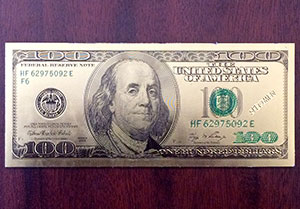
Somerville has a long history of news periodicals. On January 1, 1861, one of the earliest publications, The Gem, had a picture of General Washington and a sketch of his life in its first issue. Its author planned a measure of the newspaper to be pledged to history. About that time, another paper was launched having the interesting name of Every Once in a While.
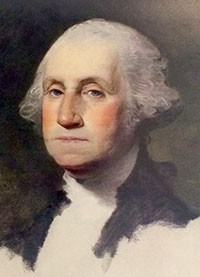
In 1870, what was to become Somerville’s longest running newspaper, The Somerville Journal, began its journey. One of its earliest editors was Russell Conwell, founder of Temple University and father of Somerville Mayor Leon Conwell. Conwell Street, Conwell Avenue and the former Conwell School were all named after them.
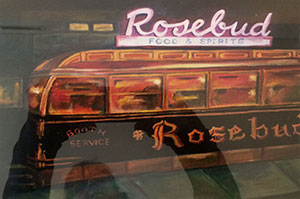
The popular Rosebud Diner in Davis Square derives its name from Orson Welles’ movie, Citizen Kane, whose hero was a newspaper baron.
Bishop Benedict Fenwick, overseer of the burned Ursuline Convent in East Somerville, was the founder of the Catholic paper, The Pilot. Bishop Place, Fenwick Street, Benedict Avenue and Benedict Street bring the sad incident to mind.
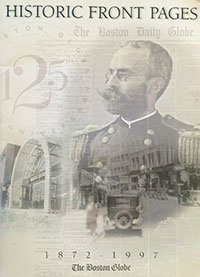
Charles Taylor, Somerville resident and alderman, launched The Boston Globe newspaper and also owned the Boston Red Sox and built Fenway Park. The Somerville Gazette, The Somerville Sentinel, and The Somerville Citizen followed this newspaper, and in 1874, The Somerville Chronicle was a self-described publication that was independent of all parties and subservient to no cliques.
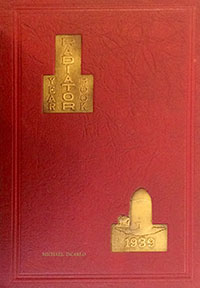
In 1887, the first female-published newspaper, The Home Life, was printed and became a best seller. Later that year, Somerville’s Robert Luce, long-time Congressman and Massachusetts Lieutenant Governor, published The Writer. Early publications were the original Somerville News, The Somerville Truth, The Author, and The West Somerville Reporter. Others were Somerville High School’s yearbook, The Radiator, and Tufts University’s student newspaper, The Observer.
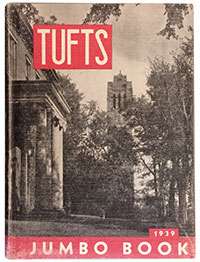
NEWS is an acronym for North, East, West and South … and everything in between. Whether it covered stories from North Street to East Somerville or West Somerville to South Street, it is Somerville’s news!















Reader Comments